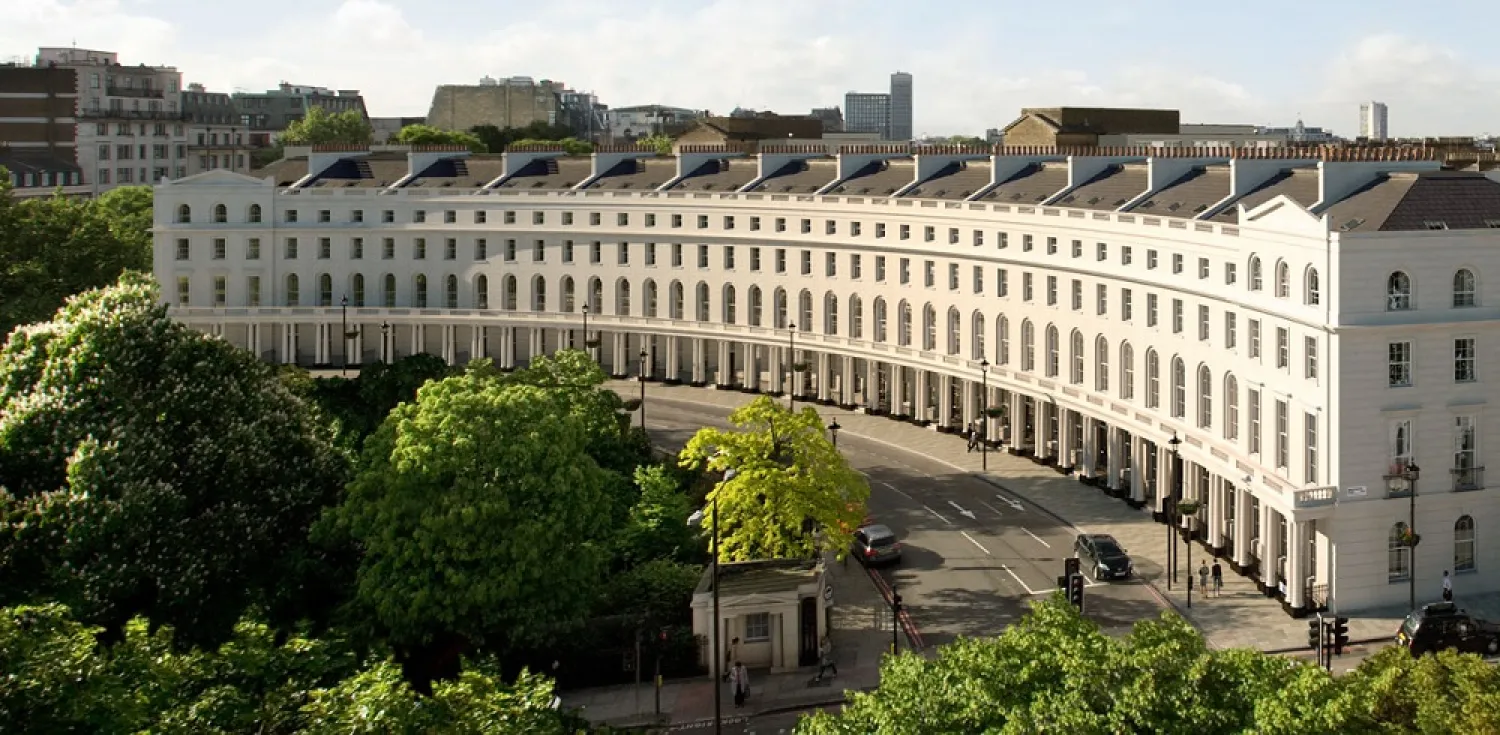Saudi Arbah Capital announced on Monday the successful exit for its investors of a £27 million facility for the Regent Crescent high-end residential development in central London.
The development consists of 76 housing units overlooking Regent Park in the heart of the British capital.
It is the rebuild of an 1800’s Grade 1 listed building designed by John Nash, who was the architect of Buckingham Palace.
Arbah Capital is licensed by the Capital Market Authority (CMA) in Saudi Arabia as a closed Saudi Joint Stock Company, and commenced business operations in August 2008.
In May 2018, Mahmood Al-Kooheji, CEO of Arbah Capital had said: “This is a landmark moment in Arbah Capital’s successful progress into becoming an Investment Bank which participates in carefully selected, risk adjusted, investment opportunities internationally.”
“This is just the beginning of an exciting period in our development and shortly we will be bringing further unique investment opportunities for our valued clients.”
On Monday, he stressed that “Arbah Capital has delivered on these expectations with the successful exit of the Regent Crescent project, and subsequent carefully selected investments both in the UK and US.”
This includes the £60 million investment in the mixed use Sauchiehall Building in Glasgow, and the investment of $36 million into a development of a Senior Care facility in Florida, US.
“We are very proud to have made an exit from an international investment which underlines the strength of our investment thesis and analysis, and execution capability.”
“Arbah is aiming to launch other products soon which address the key concerns that we now face and build sustainability for the future,” he revealed.
“We are currently working to acquire a core social infrastructure asset in the US, another income producing product in a very defensive sector, looking to introduce Purpose Based Student Housing into Saudi Arabia, and looking to launch a product in the Trade Finance sector,” said Al-Kooheji.
“These products we believe are innovative and in defensive areas, which will provide investors with a degree of stability and comfort, at a time of such great volatility in other markets.”









